The draft Patent (Amendment) Rules, 2023, have prompted extensive discussion and debate, drawing attention to India’s pivotal role in providing affordable medicines, especially to those in need
In recent years, the global pharmaceutical landscape has undergone significant transformation, with a spotlight on India’s patent regime and its impact on drug pricing.
The draft Patent (Amendment) Rules, 2023, have prompted extensive discussion and debate, drawing attention to India’s pivotal role in providing affordable medicines, especially to those in need. While change can be constructive, it is crucial to scrutinise these proposed amendments, keeping in mind its impact on access to healthcare.
India has, in the past, held a unique spot, permitting generics manufacturers to produce life-saving drugs. But the World Trade Organization’s Trade-Related Aspects of Intellectual Property Rights (TRIPS) agreement reshaped the global pharmaceutical landscape, obliging countries to provide exclusive patents to ‘big pharma’ companies, in the process limiting affordable access to vital medications.
Despite that, the Indian Patent Office (IPO) maintained its unique approach. In the Humira case, for example, the IPO rejected its secondary patents, leading to the introduction of cheaper versions of the drug in India. As a result, Humira was available in India at a lower cost than the US.
The Indian patent law is distinctive in its emphasis on technical advancement, scrutinising secondary patents for trivial variations and necessitating a demonstration of improved therapeutic efficacy. These provisions act as safeguards against evergreening practices by pharma companies, helping maintain affordability for blockbuster lifesaving medicines.
In this scenario, the draft Patent (Amendment) Rules of 2023 marks a pivotal moment, representing a significant overhaul. The rules encompass revisions to multiple facets of patent procedures including the patent application process and opposition proceedings. Their primary objectives include streamlining timelines for applicants, addressing divisional applications and even introducing revisions to the fee structure, which have generated considerable attention and sparked discussions.
The draft rules are a mixed bag of changes, some of which have the potential to enhance the efficiency of India’s patent system while the others raise concerns about their potential implications on access to healthcare.
Hence it is vital that they are scrutinised to preserve the delicate balance between promoting innovation and safeguarding public health through availability of life saving medicines at an affordable price.
(Dr Heera Lal is Special Secretary, Government of Uttar Pradesh. Views are personal.)
For reference website: https://www.thehindubusinessline.com/specials/pulse/balancing-innovation-and-access-to-healthcare/article67626599.ece

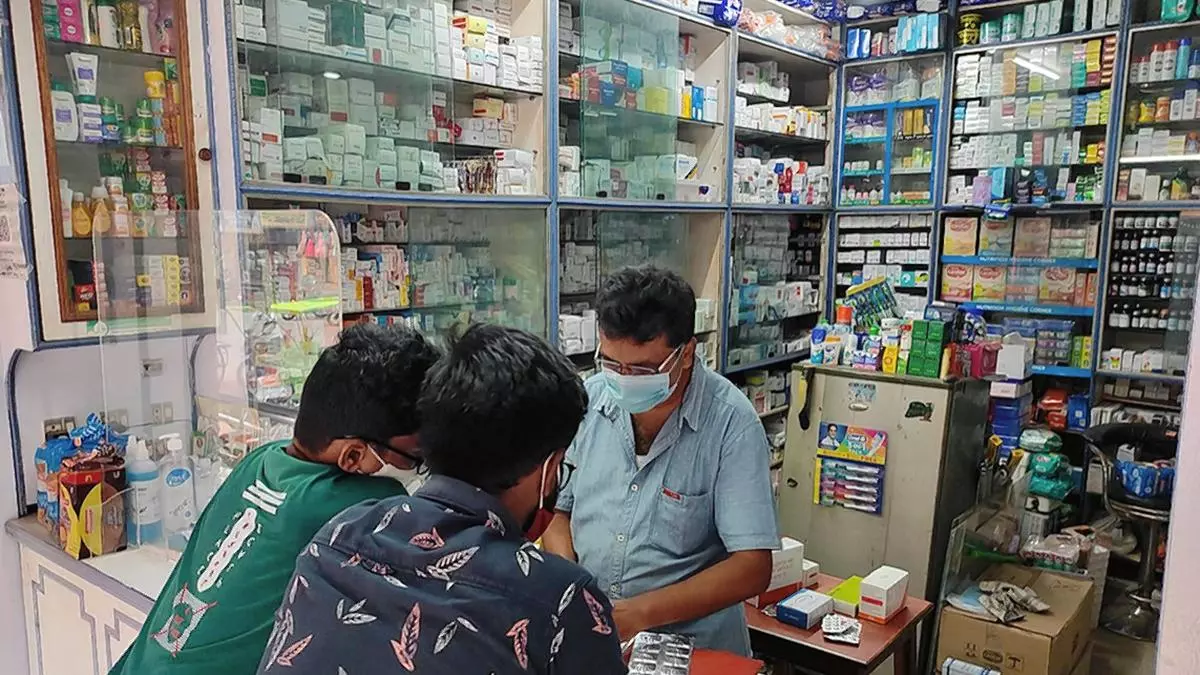




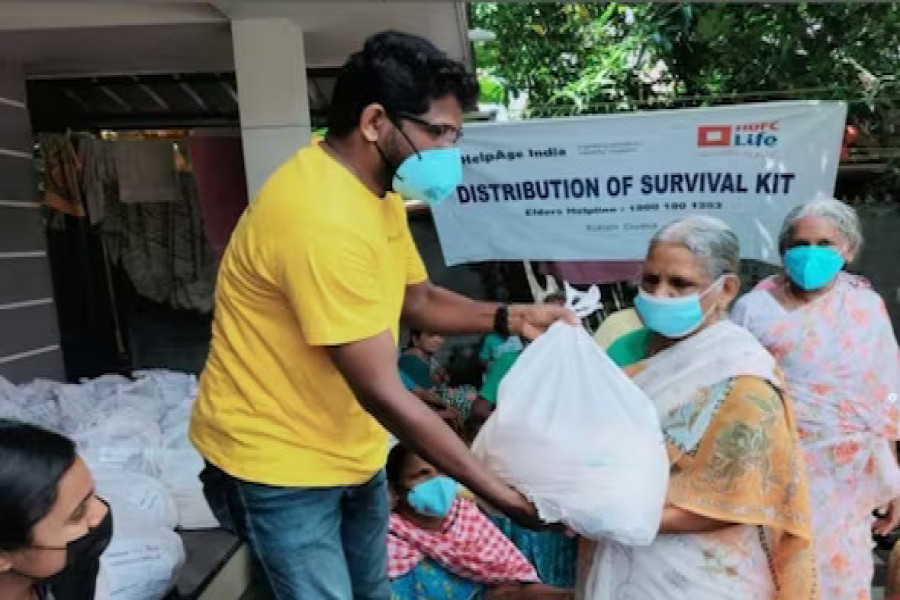





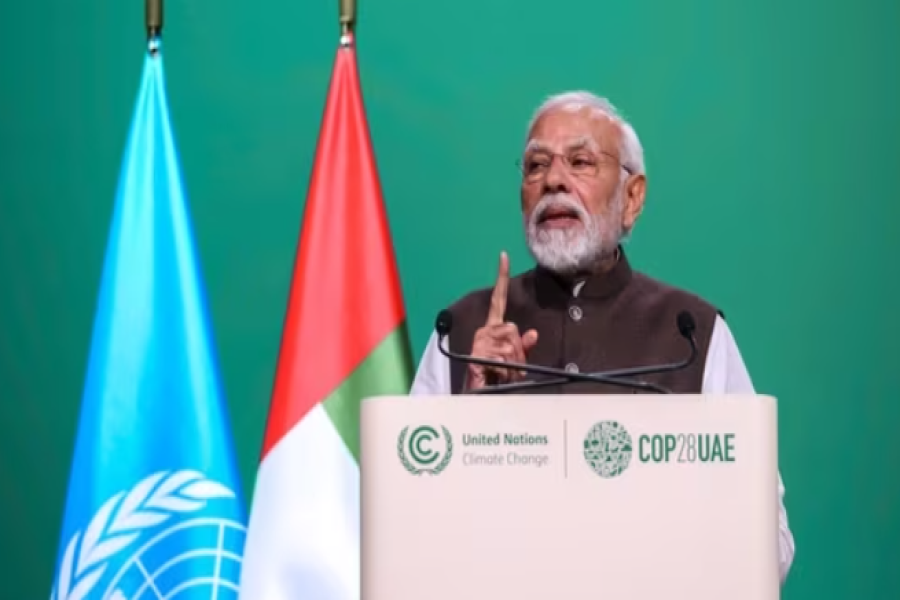






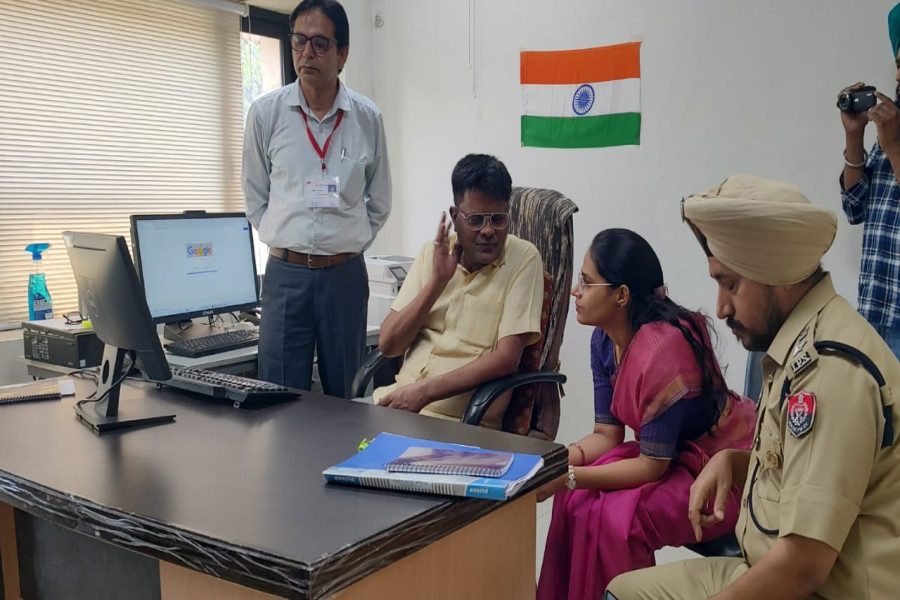


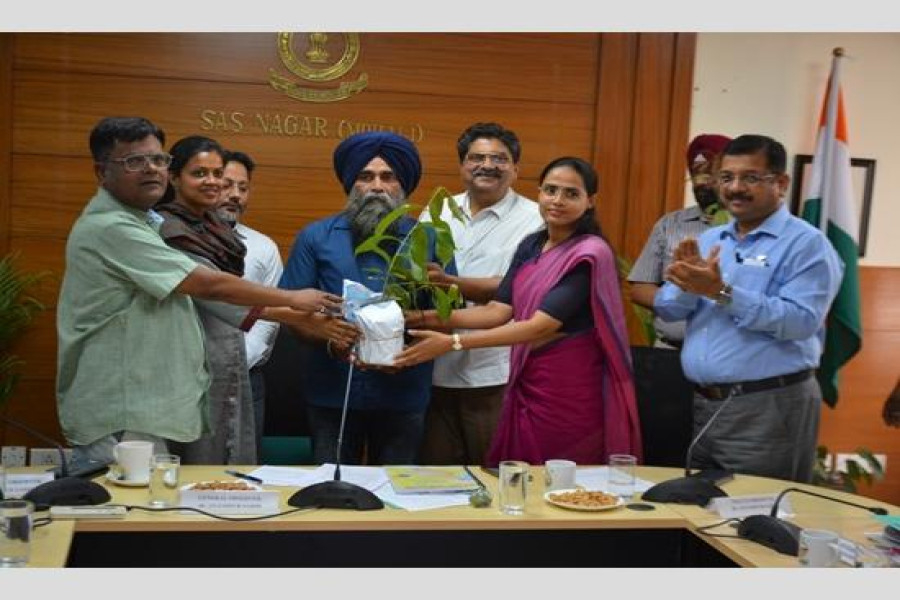

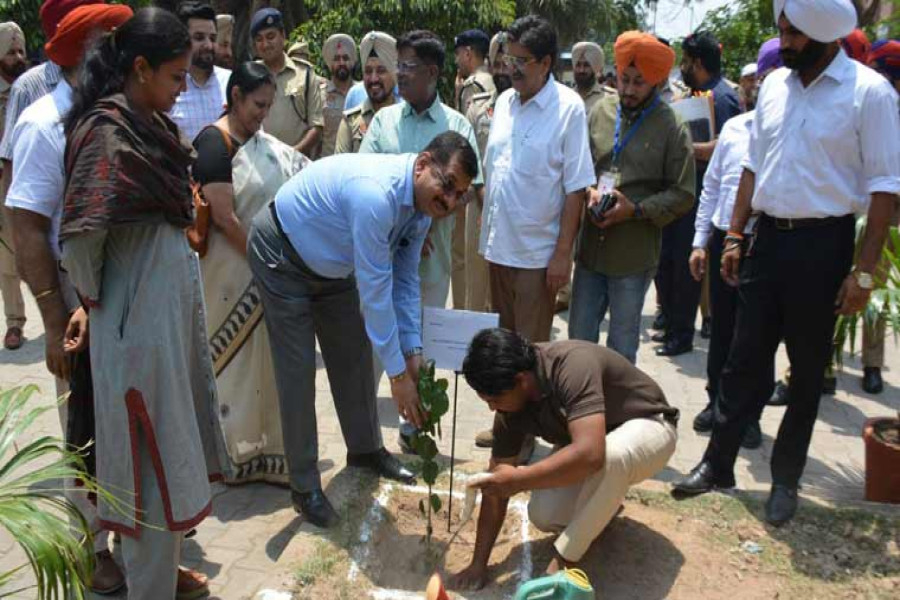
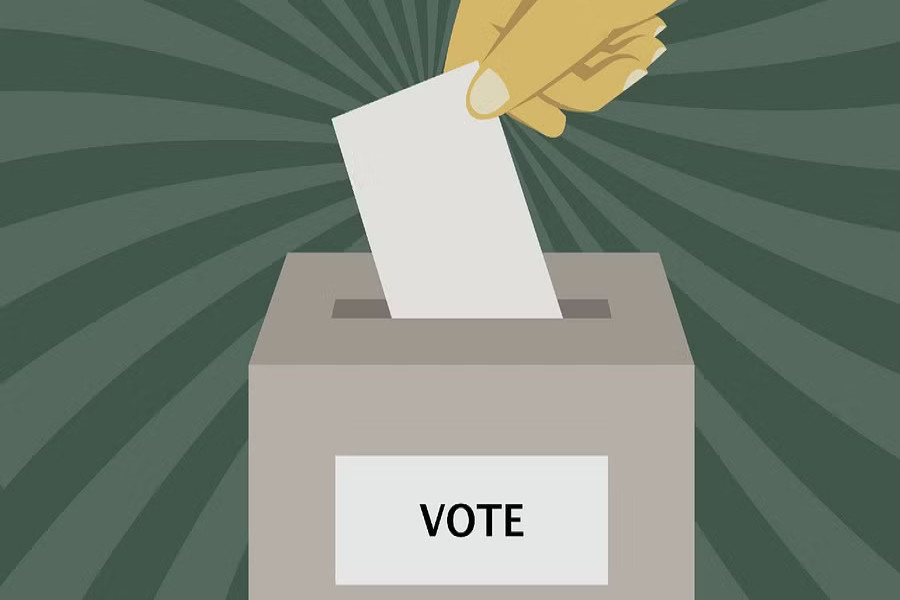

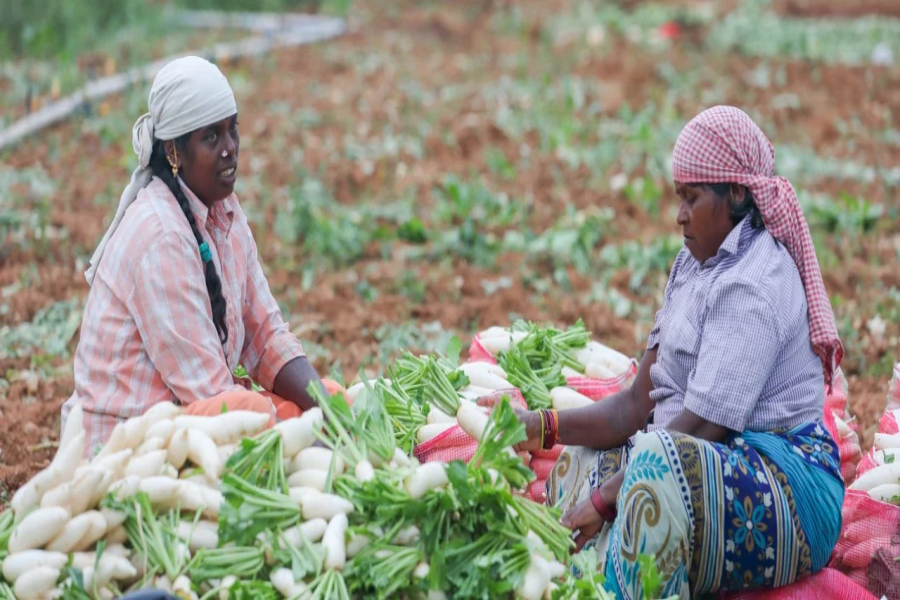

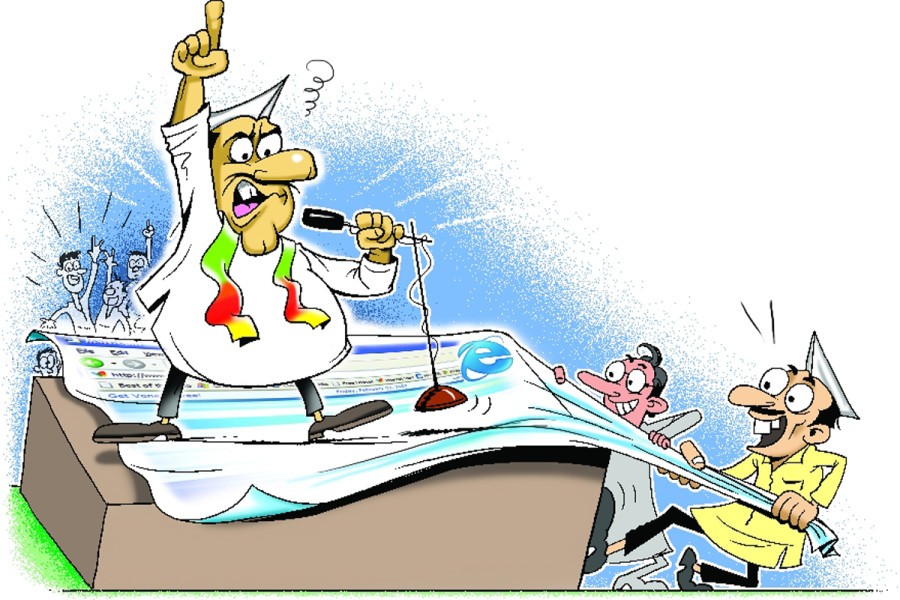
.jpg)